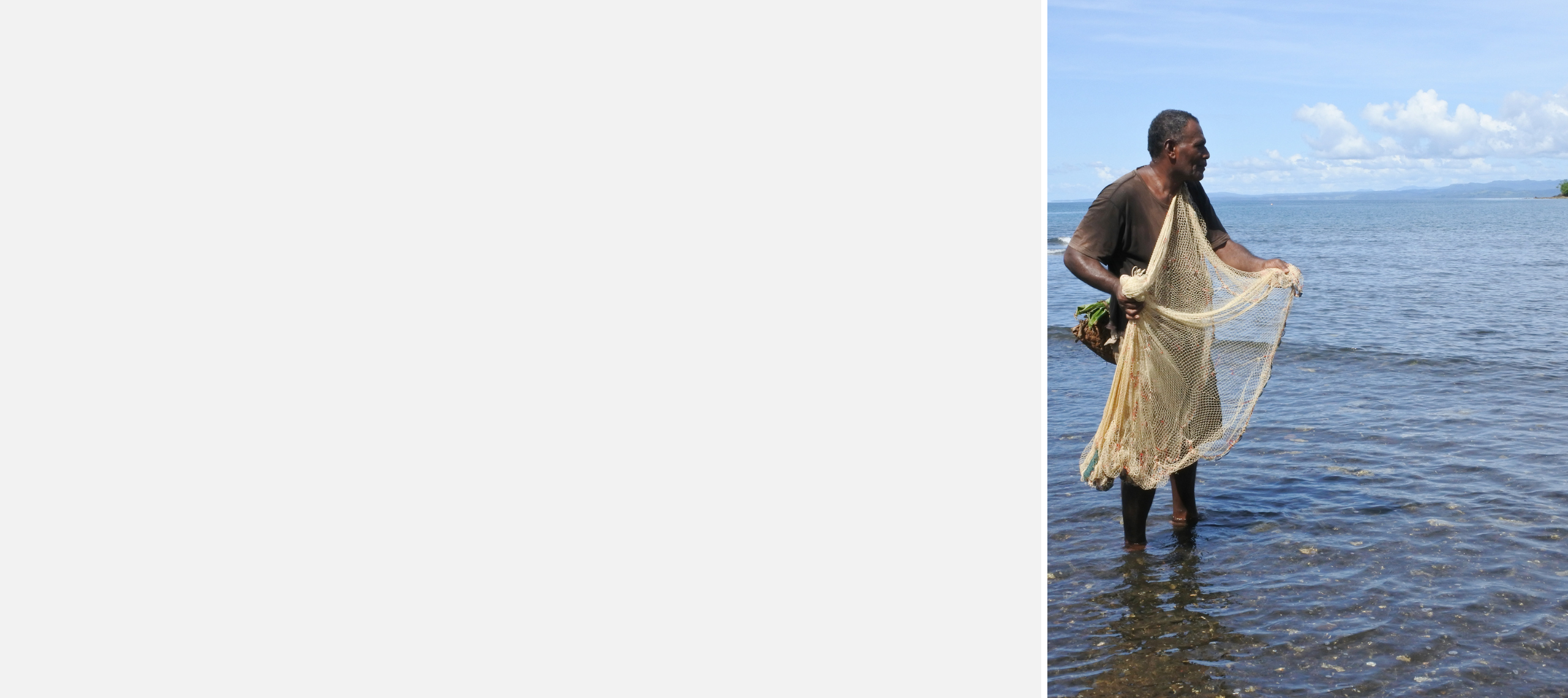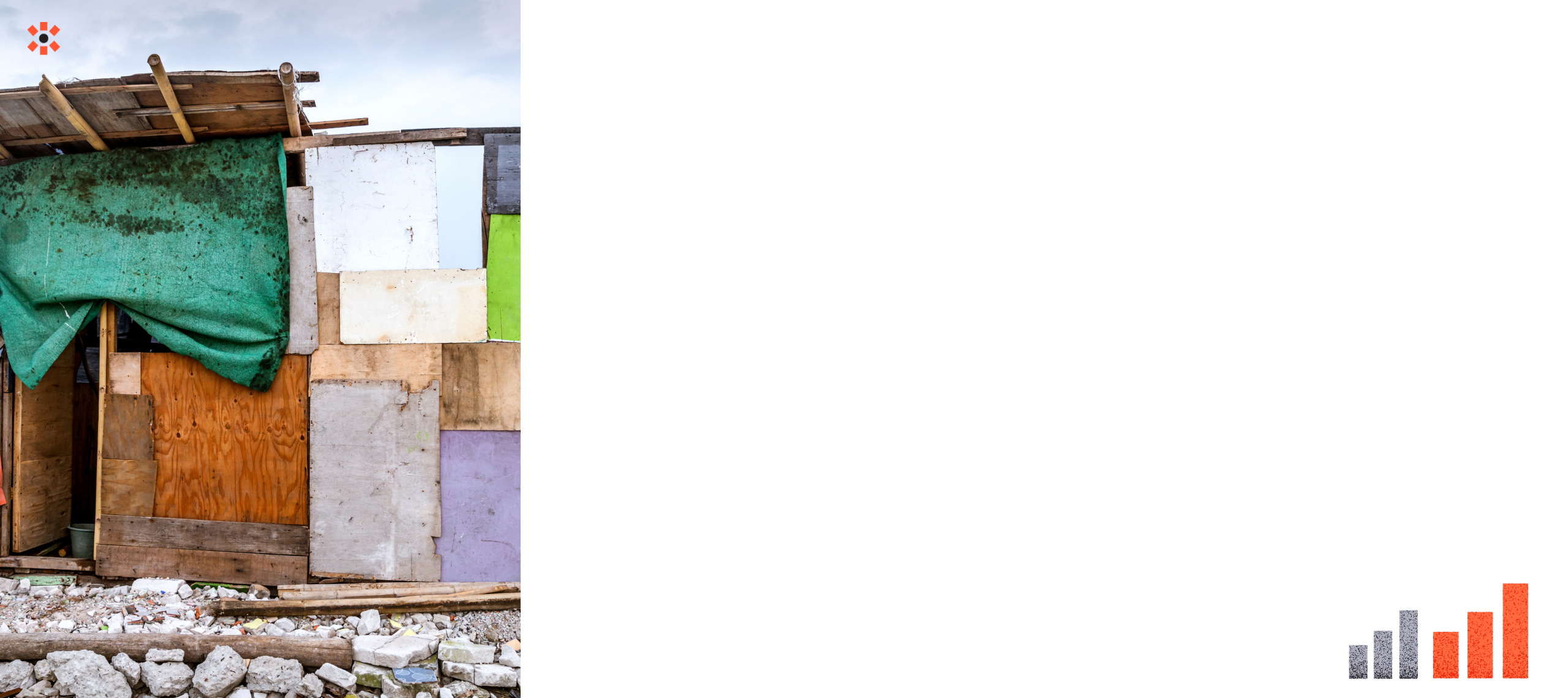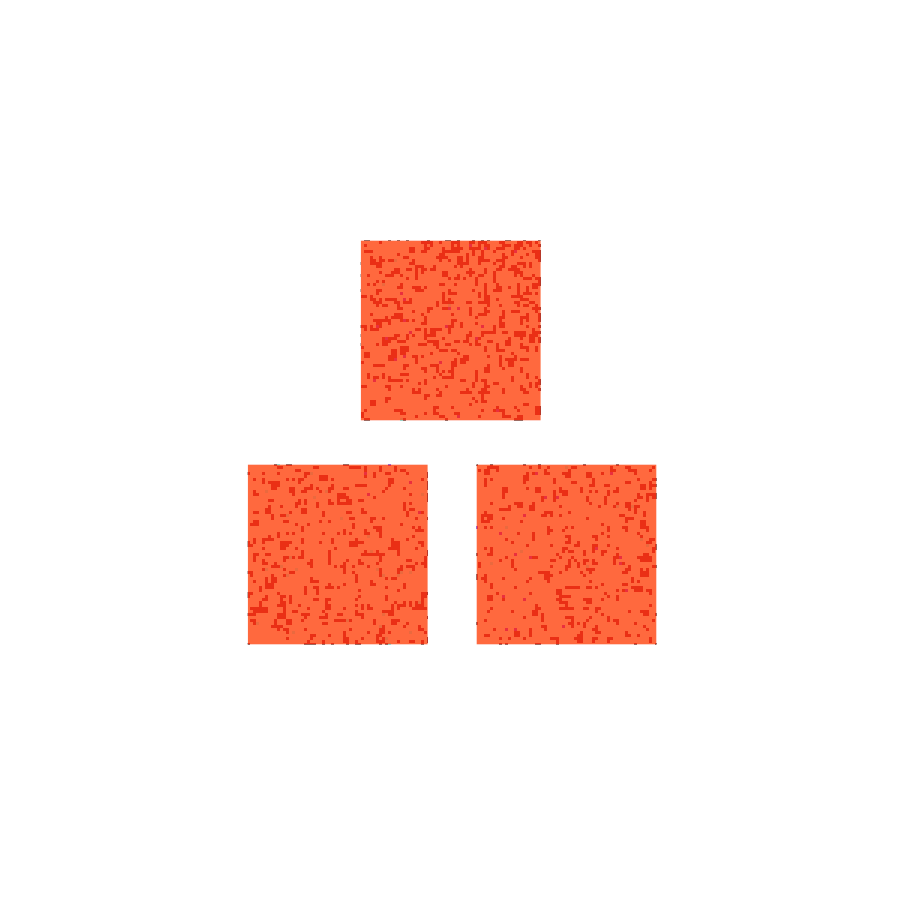Generating robust, timely, gender-sensitive data remotely
Introducing Equality Insights Rapid

Years of progress towards gender equality have been undone since the onset of the COVID-19 pandemic, as evidenced by an erosion of women’s economic participation, exacerbation of gender-based violence, and significant increases in care work that disproportionately relies on women’s unpaid and underpaid labour. For the first time in a generation, global poverty has risen. Inclusive data that can efficiently identify who is most affected are critical to addressing widening global inequalities caused and deepened by the pandemic, in order to inform a targeted, responsive and people-centred recovery.
Gender data is essential to realising the global goals and the overarching commitment to ‘leave no one behind’. While progress has been made, the global community is still grappling to use and collect inclusive data that adequately represents the lives and experiences of diverse women and girls – data which shines a light on the economic and social differences that exist between people of different genders and reveals the barriers to achieving equality through intersectional analysis.
These data gaps mask gender inequality, which not only limit effective policy, but at times even perpetuate and exacerbate inequity.
These constraints are particularly evident in global poverty measurement.
LIMITATIONS OF CURRENT APPROACHES

Global poverty data should be able to tell us specifically who is experiencing poverty – their age, gender, sociocultural background, and whether they have a disability – all factors that shape and potentially deepen experiences of poverty and inequality. However, poverty is often measured in a way that limits accurate disaggregation, and cannot show how demographic factors such as gender, age, ability or the intersections of these, influence experiences of poverty and inequality, or whether particular social groups are disproportionately affected by poverty and inequality.
The pandemic has seen an unprecedented increase in levels of global poverty. The World Bank estimates an extra 150 million people will be pushed into poverty by the end of this year as a result of the pandemic. Against this backdrop, the traditional ways of measuring poverty – assessing the circumstances of households, not of individuals; applying a narrow definition of poverty that only considers income, or a small range of other factors; and using gender-insensitive approaches – are inadequate, and no longer acceptable. Building forward differently and better requires inclusive poverty data.

A NEW APPROACH
Introducing Equality Insights Rapid

Equality Insights Rapid is a gender-sensitive measure of poverty, designed for remote surveying and data collection. It offers insights into material, social, economic, and environmental factors that shape poverty and inequality. It is designed to collect information about the areas of people’s lives that are usually overlooked when measuring poverty.
Equality Insights Rapid has been developed to meet the demands of the COVID-19 context, and data can be collected by phone using Computer Assisted Telephone Interviewing (CATI) rather than face-to-face interviews. This enables a more rapid generation of inclusive data that is required for evidence-based decision-making based on intersectional analysis to inform targeted and responsive pandemic recovery, as well as policies and programming to reduce poverty and inequality.
Building on more than 13 years of work to develop a world-first, individual-level and gender-sensitive measure of multidimensional poverty formerly known as the Individual Deprivation Measure, International Women’s Development Agency (IWDA) has taken this work forward in our flagship program Equality Insights. Equality Insights collects information about 15 areas of life that people with lived experience of poverty say matter, including food, water, shelter, health, education, energy, sanitation, relationships, clothing, safety, family planning, environment, voice, time-use and work. This reveals important insights for understanding gendered experiences such as how work, time-use and voice can impact on the potential for women’s empowerment.

The 15 dimensions of Equality Insights Rapid

Rather than surveying one household member, Equality Insights Rapid employs an individual-level approach where every adult within a sampled household is surveyed. This reveals important insights about differences that exists between members living in the same households, where it is estimated approximately one third of global inequality resides. Failing to capture these intra-household differences can result in a systematic underestimation of poverty and inequality, and fails to consider the lived experiences of household members. By surveying every adult in a household, Equality Insights Rapid illuminates gendered experiences that are hidden in other measures.
The combination of our purpose-built survey and our sampling method allows for demographic, social group and within-household analysis, including disaggregation by gender, age, disability, ethnicity, geography, and other relevant characteristics, as well as the intersections of these. This allows users to see how experiences of poverty and inequality differ between individuals, as well as how poverty presents at a population-level.
COVID-19 has presented new challenges for data collection from hard to reach populations. Thinking differently about sampling strategies is required to ensure that people without a phone are included in phone surveys such as Equality Insights Rapid, particularly when phone ownership is associated with poverty and phone access is influenced by gender.

The immediate focus of Rapid is to support gender responsive outcomes in COVID-19 response and recovery efforts in the Pacific region. Currently, significant data gaps in this region limit information about the circumstances of women, people with disabilities, and those living in poverty. Filling these gaps is critical to supporting decision-makers to focus action where it is most needed and can make most difference.
Equality Insights Rapid can provide unique, intersectional insights and contributes to the availability of disaggregated data required to leave no one behind. Generating gender-sensitive, individual-level data about multidimensional poverty is essential to support an inclusive pandemic recovery, allowing decision-makers to identify and focus on the areas of greatest need to achieve the greatest impact.
Inclusive poverty data not only allows us to reimagine a world where everyone thrives, but to actually build forward differently – more sustainably, inclusively, and equitably.


